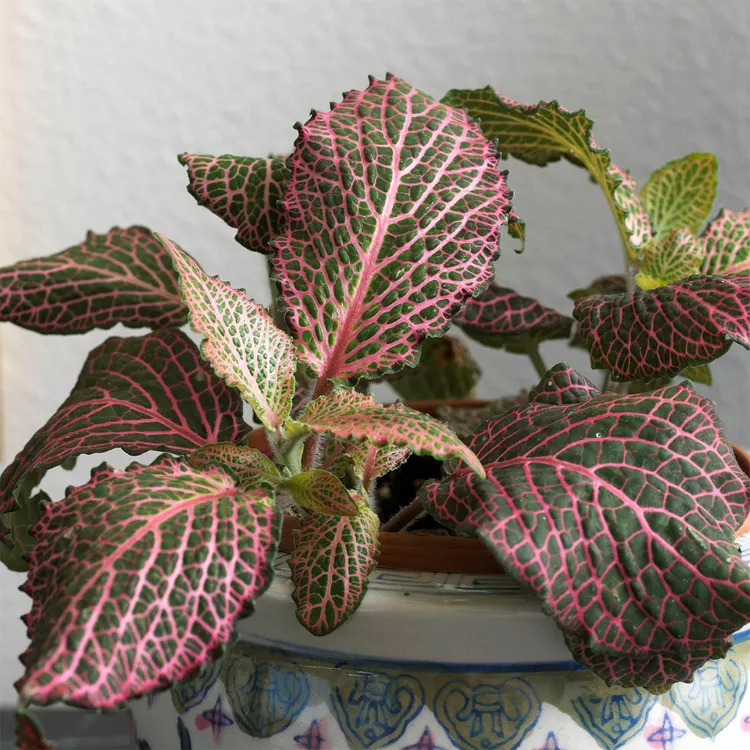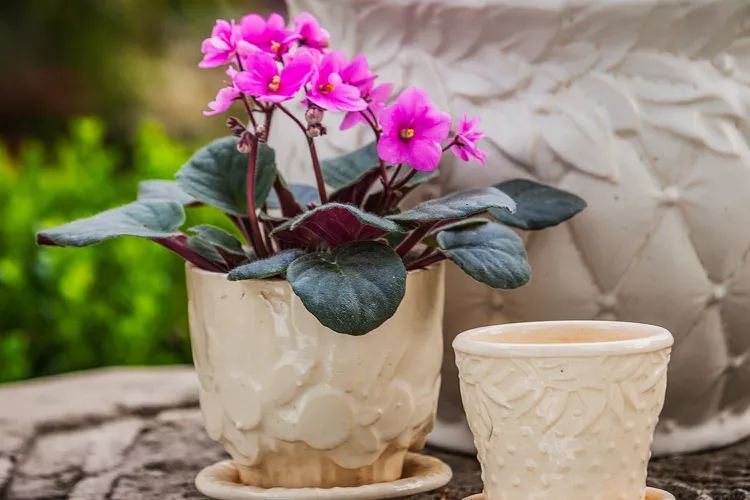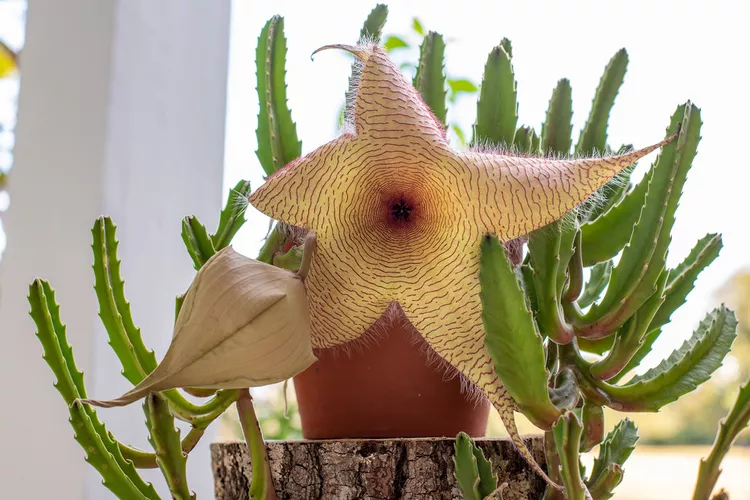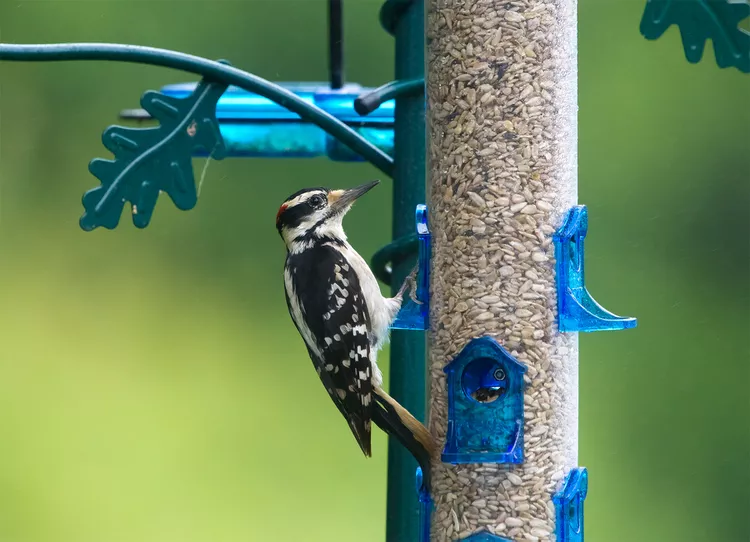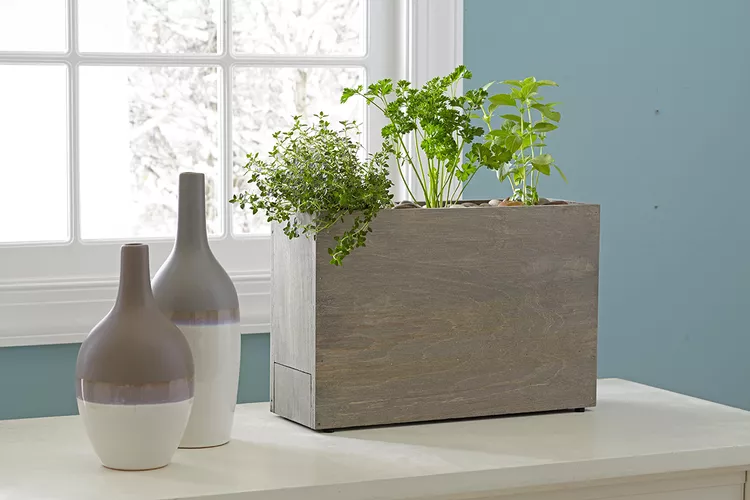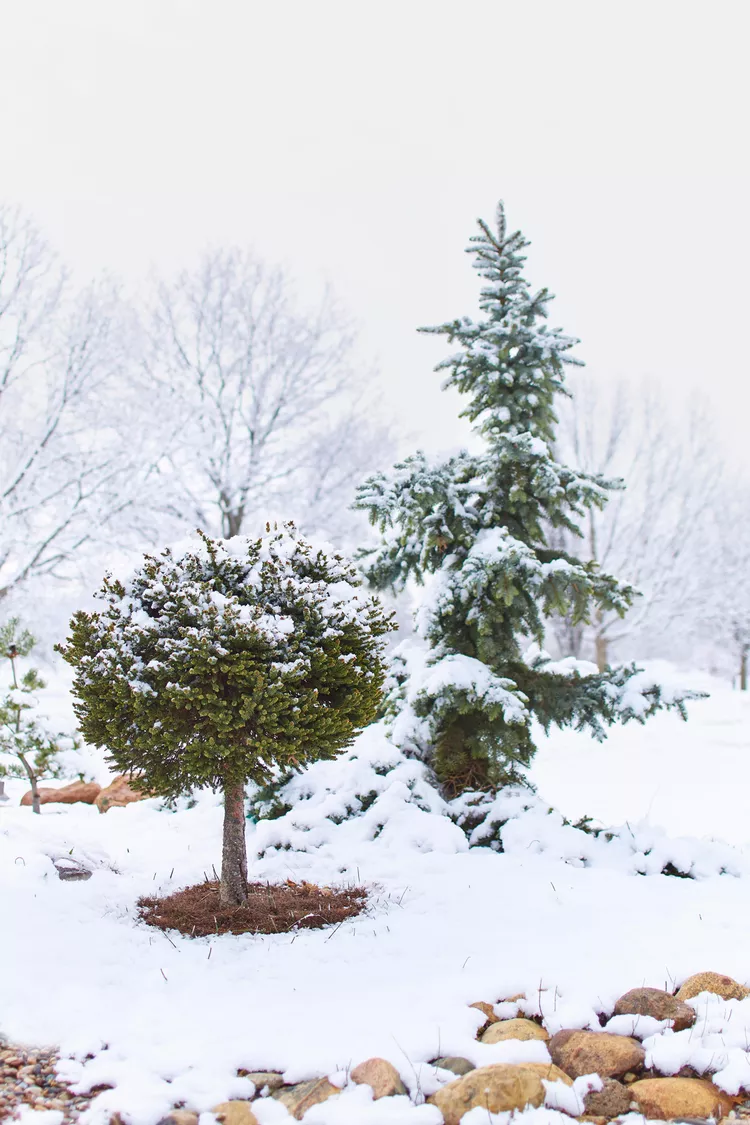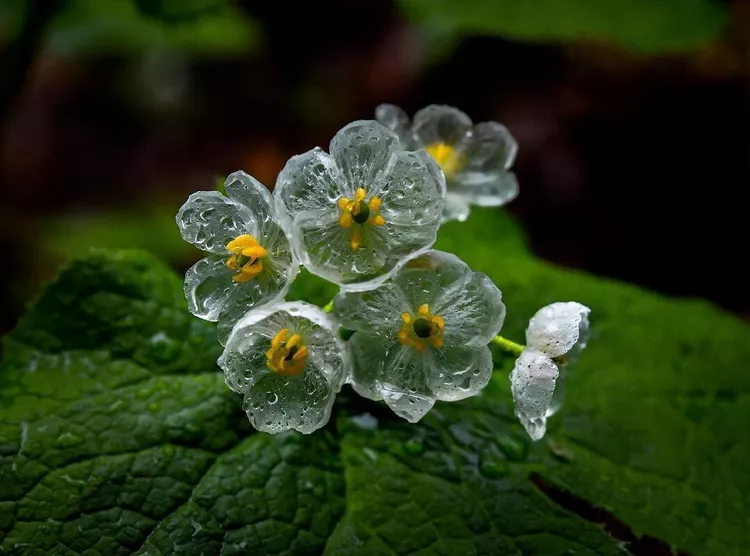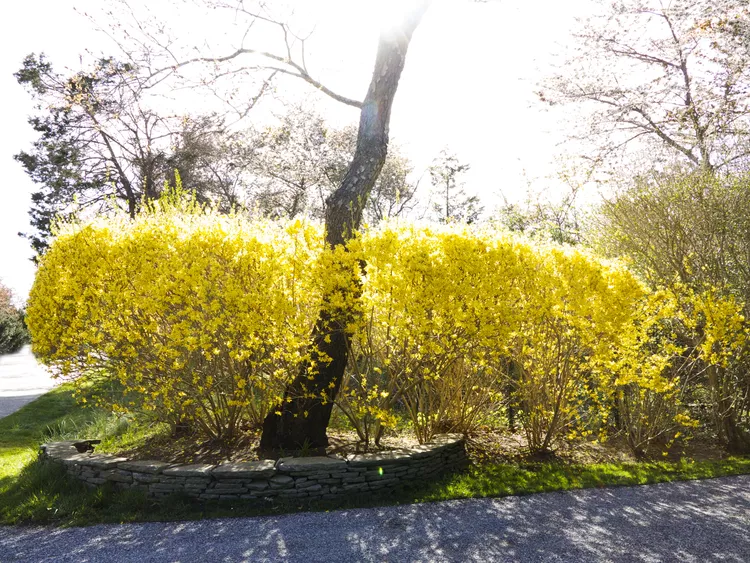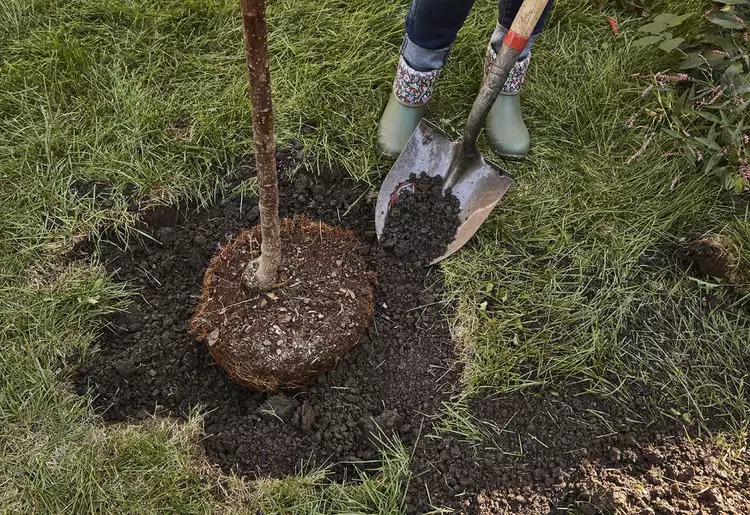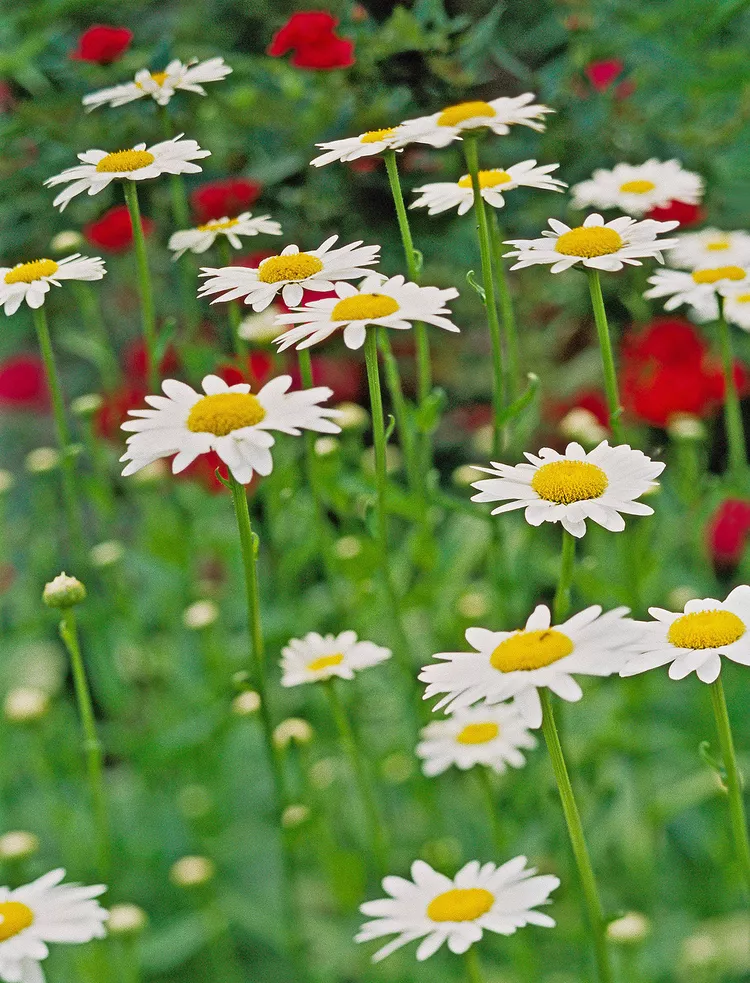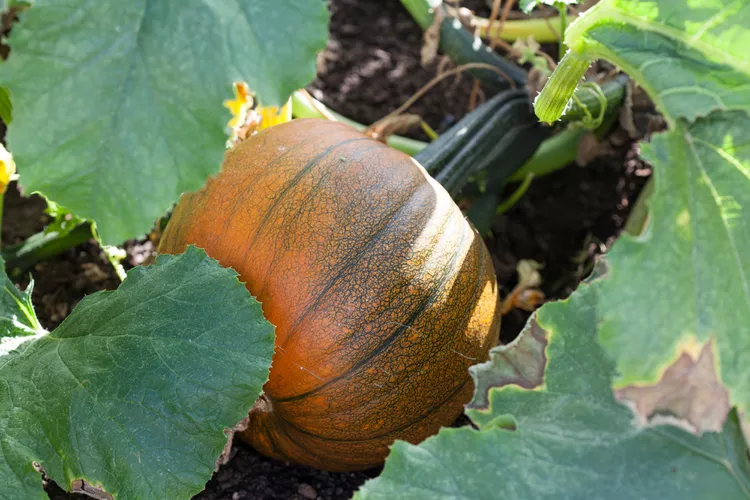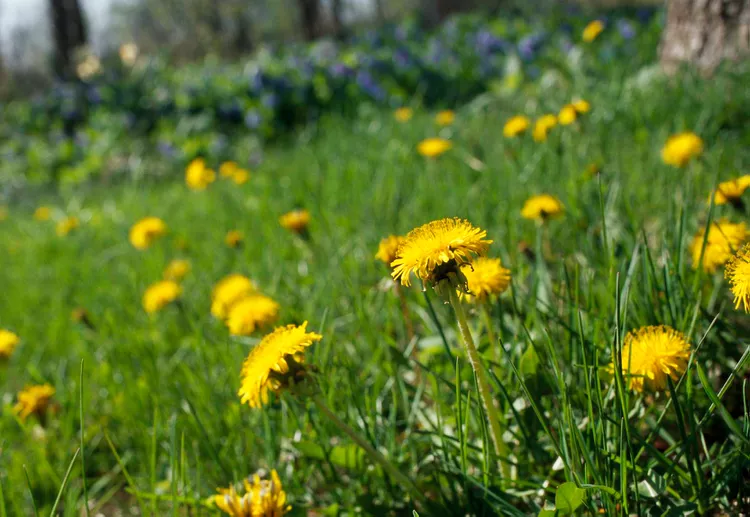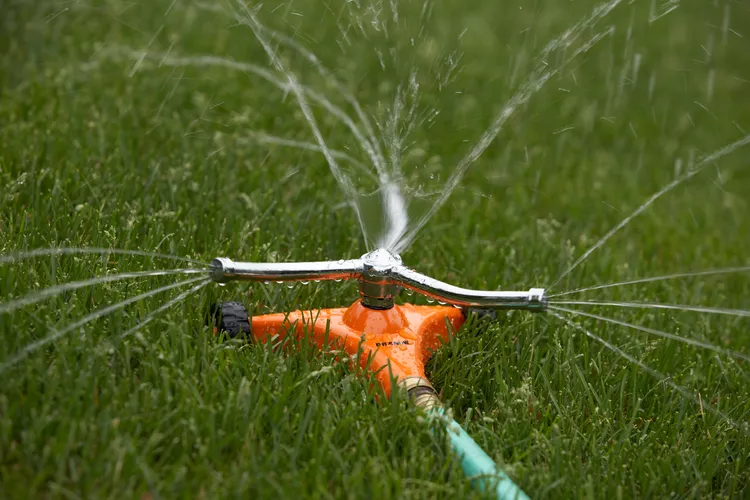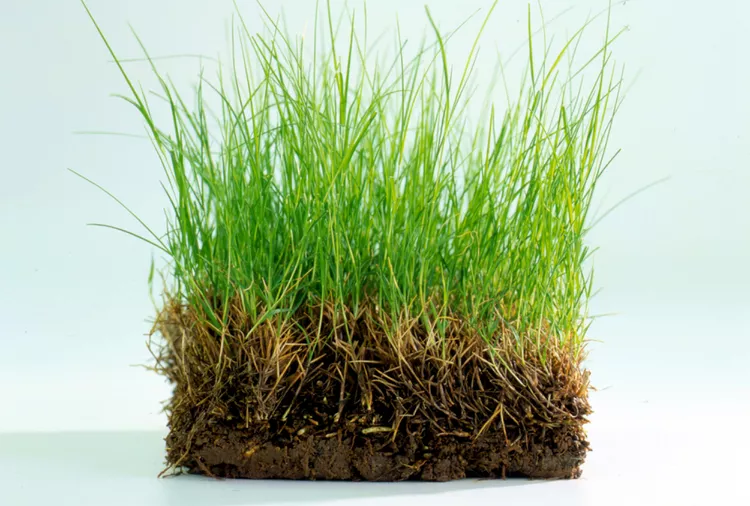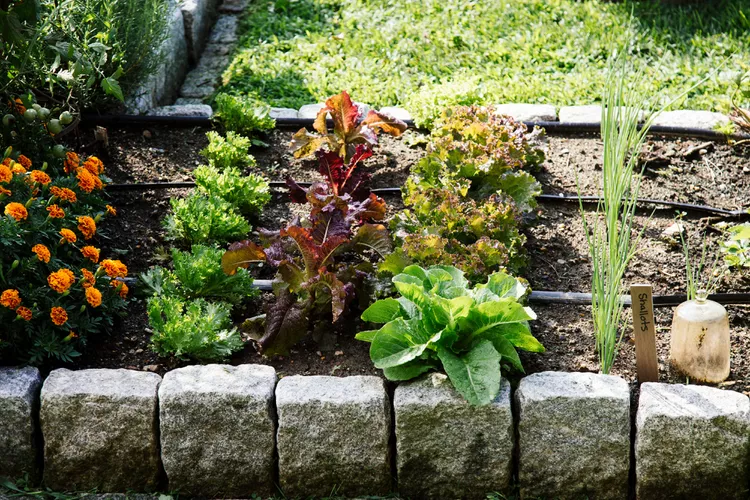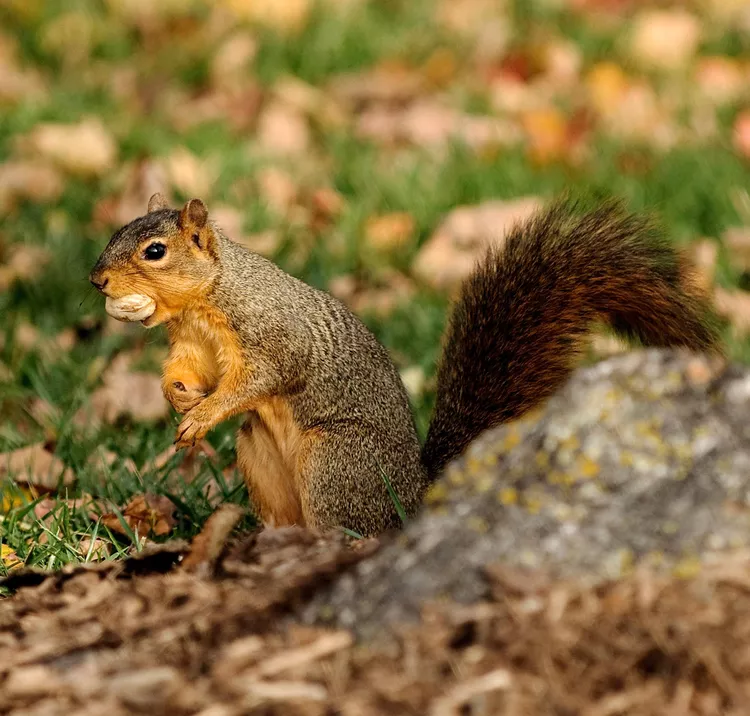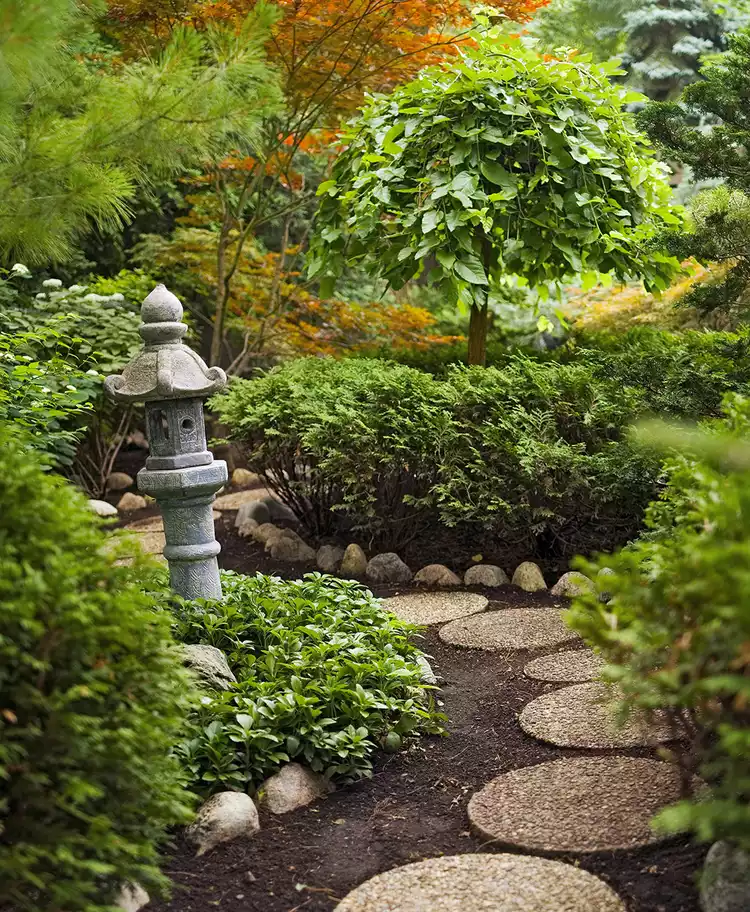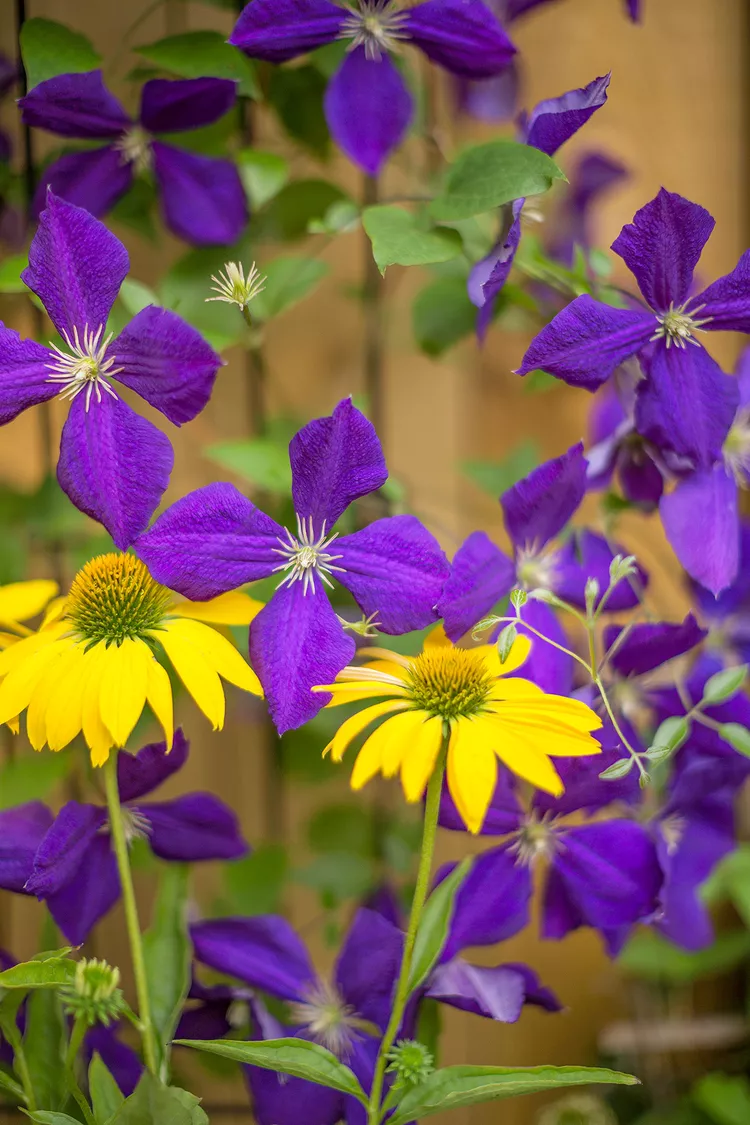In summertime, our gardens turn into a riot of colors, textures, scents, and sounds. Those same gardens may seem bereft of these qualities during winter, especially in northern regions where it freezes. But, it doesn't have to be that way. The quiet season offers a subtle beauty all its own, waiting to be embraced. One of the easiest ways to liven up the winter landscape is with plants that shine during the colder months (yes, these plants do exist). These winter garden design tips will help you to strategically select and place these plants for a landscape that'll look beautiful in all four seasons.
1. Evaluate your winter landscape.
To start off, take stock of your winter garden as it looks now. Snap photos to see where the landscape is lacking or where it works well. Jot down a few notes about what you can see from the windows of your home. Take measurements of the spaces where you'd like to add more winter interest to get an idea of how much room you have to work with.
2. Break winter into mini seasons.
There's a beginning, middle, and end to winter. Each of these mini-seasons lends itself to different plants with different levels of interest. For example, some winter-blooming plants may only look showy during the earlier part of winter. Others may hold off on blooming until winter temperatures start rising again towards spring. Having something in bloom through the entire winter may require a mix of plants to cover each mini-season.
3. Focus on plants with year-round interest.
Evergreens are obvious choices for brightening up the winter landscape because they keep their foliage all year-round. But plenty of deciduous plants also offer color, texture, and structure during the colder months. Look for trees and shrubs that add winter interest with their bark, fruit, or even blooms. Good examples include witch hazel, viburnum, pussy willow, and redtwig dogwood. A few perennials such as hellebores (shown here) will bloom in winter, too. Many ornamental grasses keep their attractive seed heads most of the season.
4. Place plants strategically.
If you have a plant that already looks good in the winter garden, but isn't where you can easily see it from a window or path, consider transplanting it to a more prominent spot. (Note: Spring and fall are the best times for moving plants around.) In addition, use evergreen shrubs and trees to screen unsightly views, such as a stark fence that might not have been as noticeable in summer.
5. Add plants for birds.
Winter lets you see and appreciate birds (and other wildlife) in a whole new way. A cardinal's bright red feathers or the quick movements of a woodpecker in a tree really seem to stand out in a snowy scene. Make sure to include plants that offer berries or seeds for birds. Dense trees and shrubs such as evergreens provide shelter from the elements for your feathered friends.
